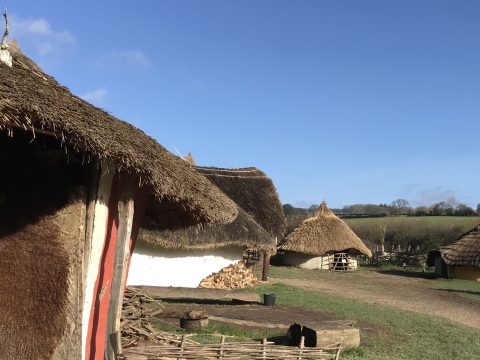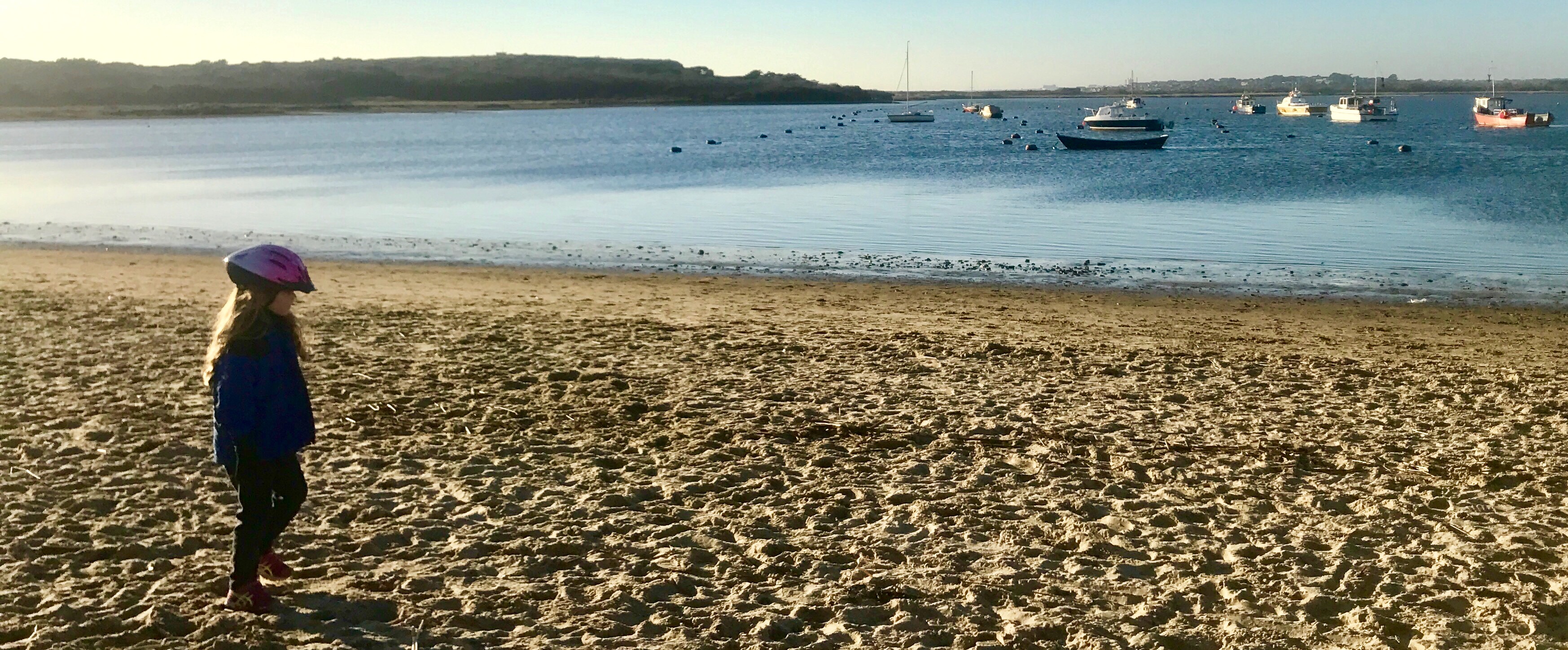The Tribe were discussing which was the best of all JK Rowling’s Harry Potter books the other day and it reminded me of Lacock Abbey where some of the filming had been done for The Philosopher’s Stone and The Chamber of Secrets. The Eldest had a birthday celebration there prior to us leaving for the Middle East, with a Harry Potter theme – we had a tailgate barbecue and she and her friends had dressed up in Hogwarts uniform and cloaks. I seem to remember tourists taking pictures of them – it was very sweet! Several years on and they are all keen to return.
The Northern Wiltshire village of Lacock, just 3 miles from Chippenham, has narrow medieval streets, timber famed cottages and the impressive Lacock Abbey. The Abbey is now in the hands of the National Trust and has a fascinating history spanning 800 years. It was founded in 1279 by Ela Countess of Salisbury who inherited her title and the land on the death of her father in 1196. Her husband William Longespee (illegitimate son of Henry II) was the first person to be buried in Salisbury Cathedral (which was newly built at the time); his tomb stands in the nave of the cathedral. She had 8 children (wow!) – one son became Bishop of Salisbury. In 1238 she joined the Abbey as a nun and became its first abbess 5 years later. She died 15 years later at the age of 75 and she was buried in the choir of the Abbey church but moved to the cloister court during the Dissolution of the Monasteries and then to the cloister walk in 1895 where it remains today.
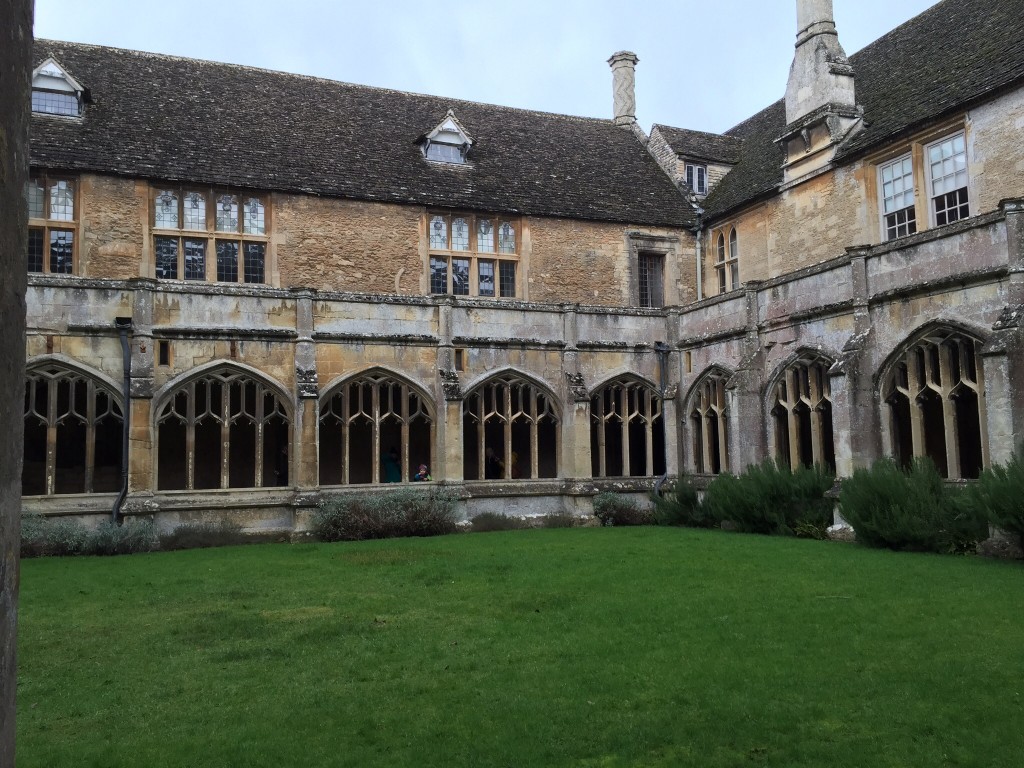
On this visit the Littlest of the Tribe (helped by an incredibly enthusiastic big brother) gets one of the excellent National Trust trails to follow and lead us around the Abbey. We begin in the Tudor Stable Courtyard that was built after Henry VIII’s Dissolution of the Monasteries with stones from the demolished Abbey church (the very last one to be destroyed).
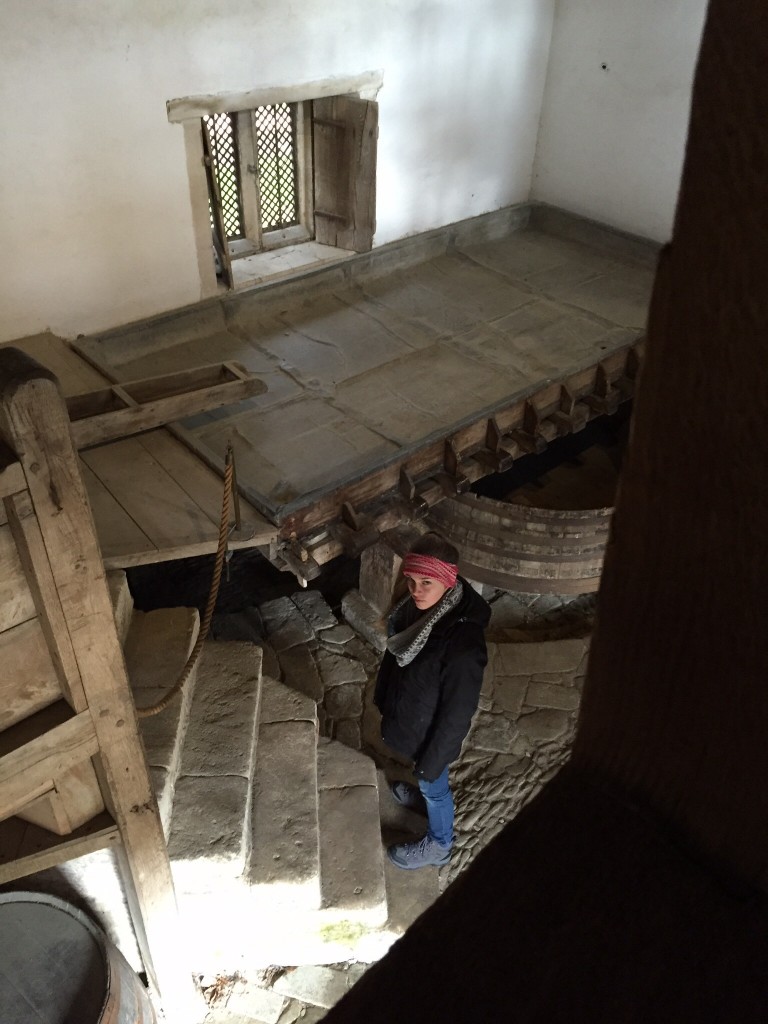
Here we find the 16th Century brew house, one of the oldest in the country and the remains of a Tudor bakery. From here we walk past what I would call the front of the Abbey with its grand double staircase that leads in the Great Hall. But the entrance we take brings us into the oldest part of the property – the cloisters and all the history that it holds.

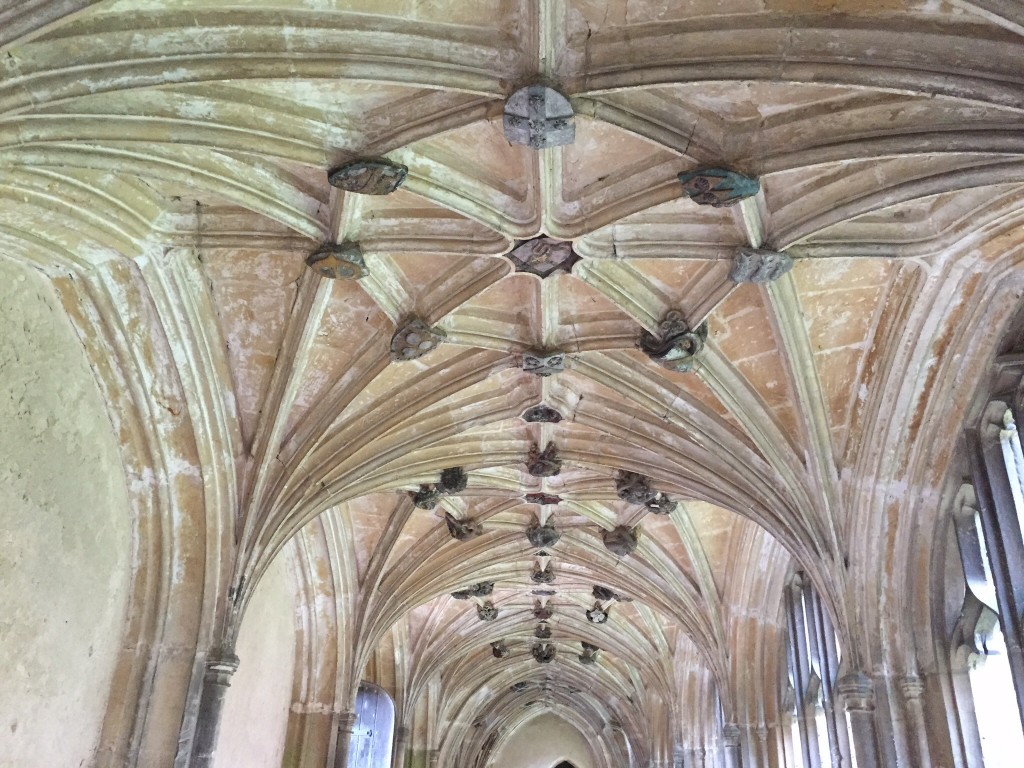
As the Boy and the Littlest count the different mason’s marks on the ancient stones, I am drawn further along into the end room – the Chaplain’s Room.
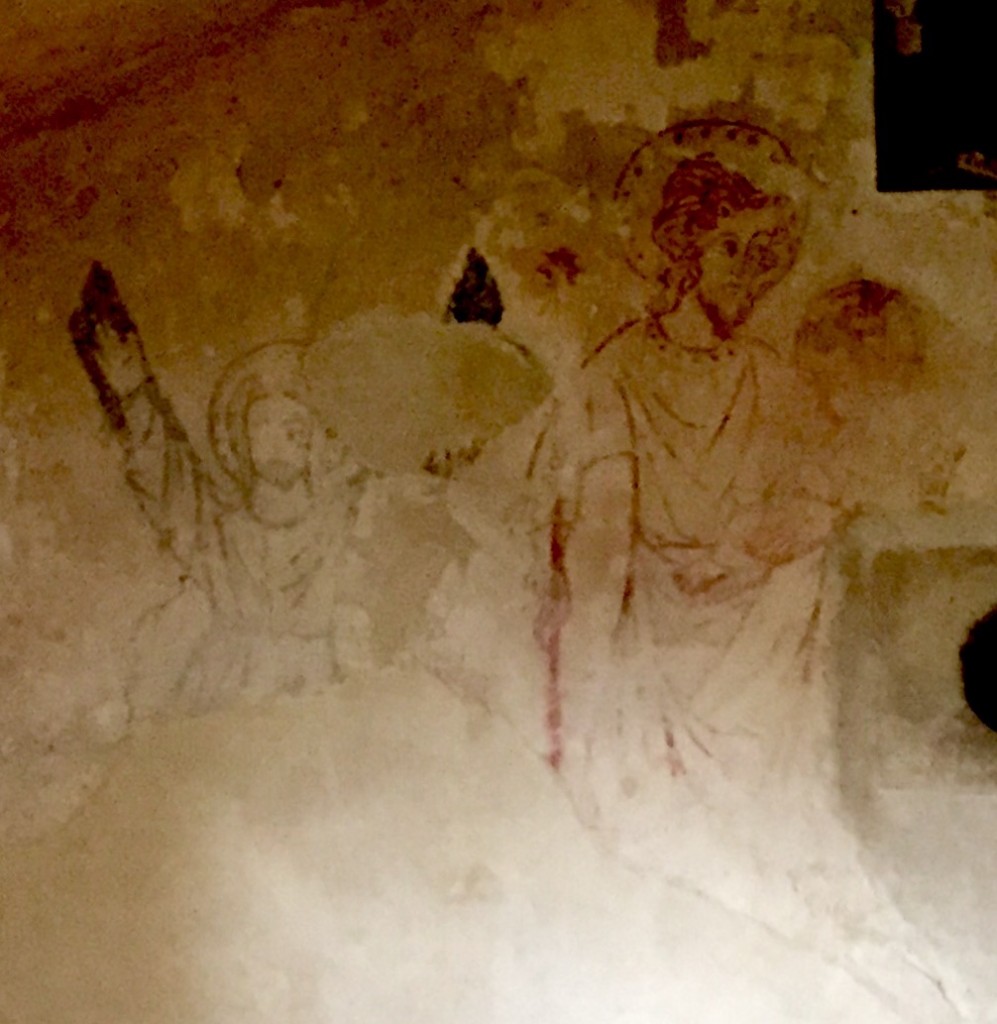
Once the heart of the building, now empty other than the remains of three very faint wall paintings of St Andrew on the cross, Jesus Christ and St Christopher carrying the Christ child. The latter is one of the earliest paintings, dating back to 1275. With this knowledge it makes the room quietly atmospheric.
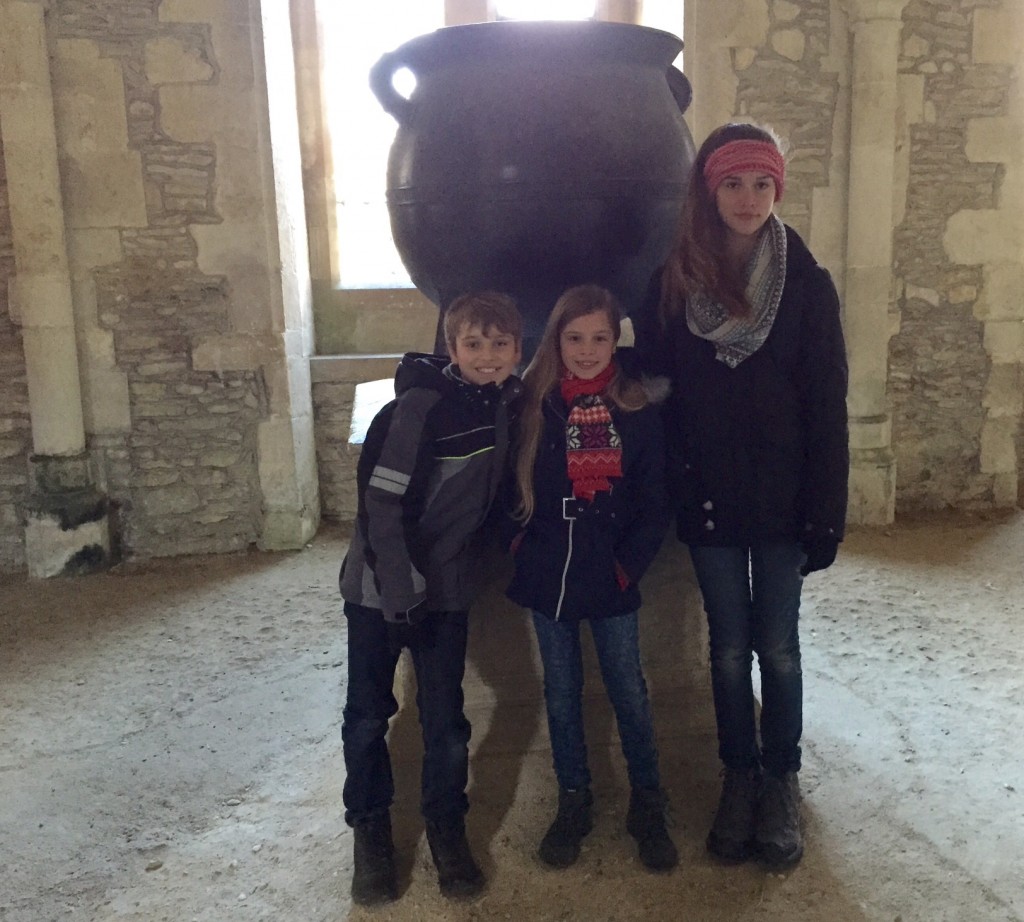
Another room brings us to why we ended up here – Harry Potter. In the Warming Room with its impressive huge black cauldron originally made in Antwerp. This is Professor Quirrell’s Defence Against the Dark Arts classroom. The Sacrisity is Professor Snape’s Potions Class and in the Chapter House Harry finds the Mirror of Erised. The Tribe love it and their imagination runs wild.
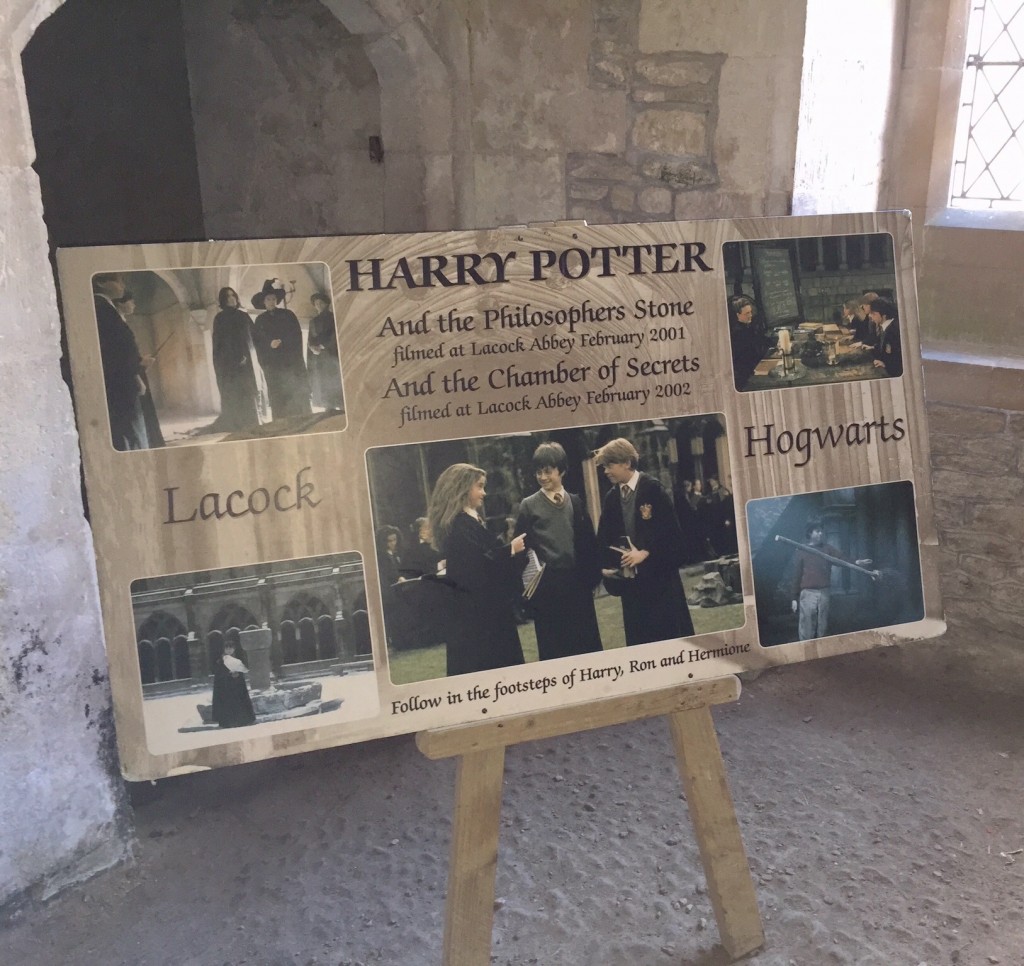
Moving upstairs we arrive in a totally different world but one that is of huge importance to our lives today. It is where the inventor William Henry Fox Talbot lived in the 1800s with his family and where the first negative was processed in 1835. Its size was about the size of a postage stamp, but it is probably the most important artifact in photographic history. The house is homely despite its size and you can imagine a family living there.
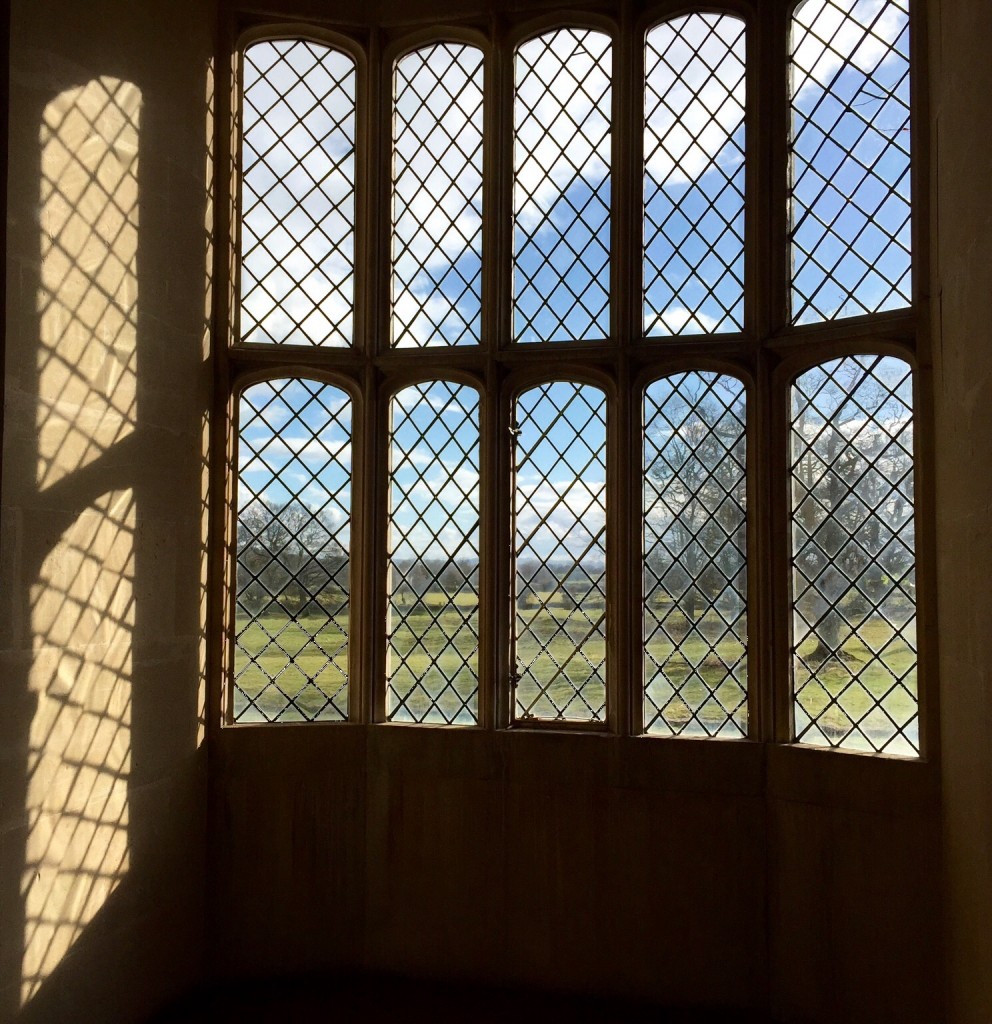
The Tribe find the story of where the negative originated fascinating – the Eldest takes a lovely photograph replicating the picture on the first negative.

The final room is the Great Hall, built in 1754-5 for John Talbot, following a new style called Gothick and inspired by medieval buildings. Standing in it, it is easy to imagine the parties that were held here.
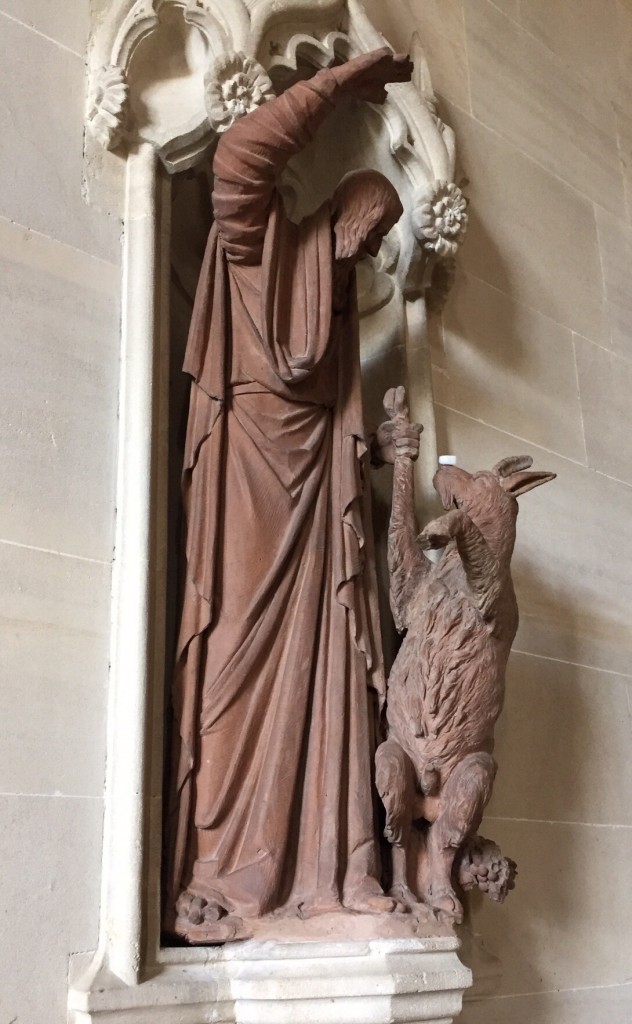
Terracotta sculptures adorn the wall including one with a sugar lump on a goat’s nose – in 1919 an American student played a practical joke by putting a sugar lump on the sculpture and Matilda Talbot found it so entertaining that she left it there and it has been regularly replaced ever since. Another sculpture shows a knight – William Longespee, son of Ela, Countess of Salisbury and a famous Crusader. It is said that he died before his mother who, in her grief, buried his heart within the Abbey.
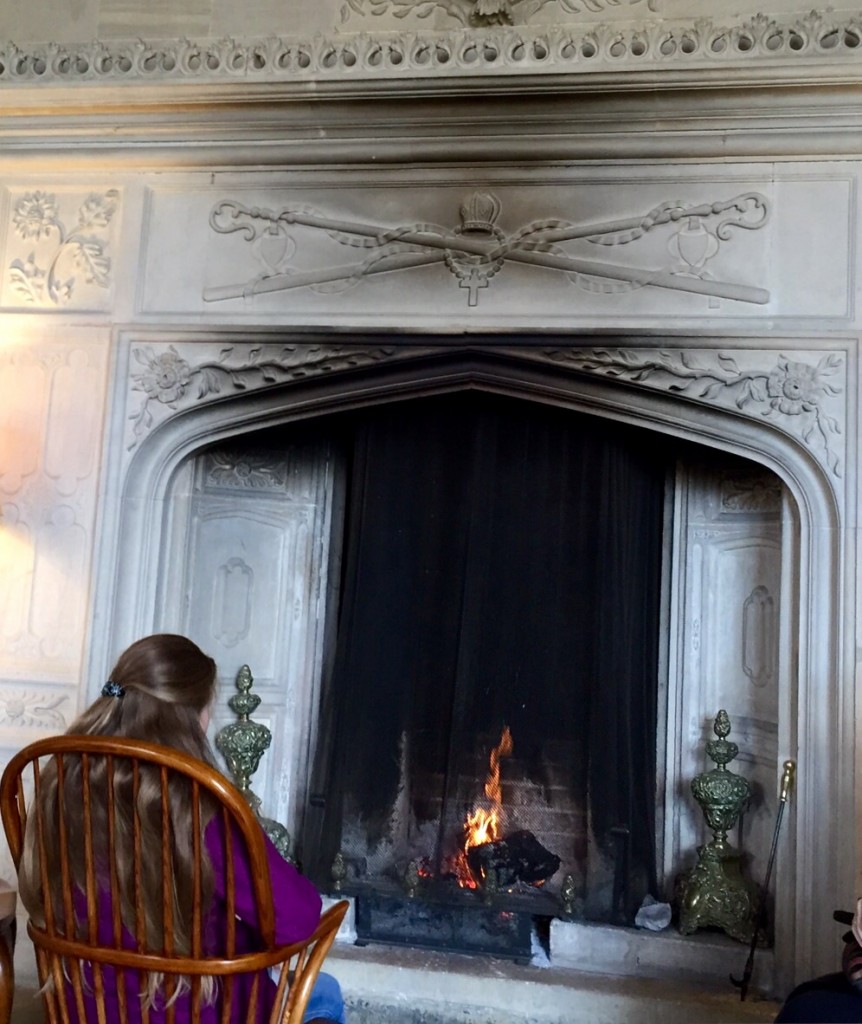
The ceiling of the hall is made up ot coat of arms – John Talbot’s friends and neighbours. I imagine that you’d be pretty hacked off if you weren’t represented but thought that you were a friend! His own shield is in the centre. Gerald Durrell’s favourite is the one that belonged to the Flower family – it has a unicorn with 3 red roses above.
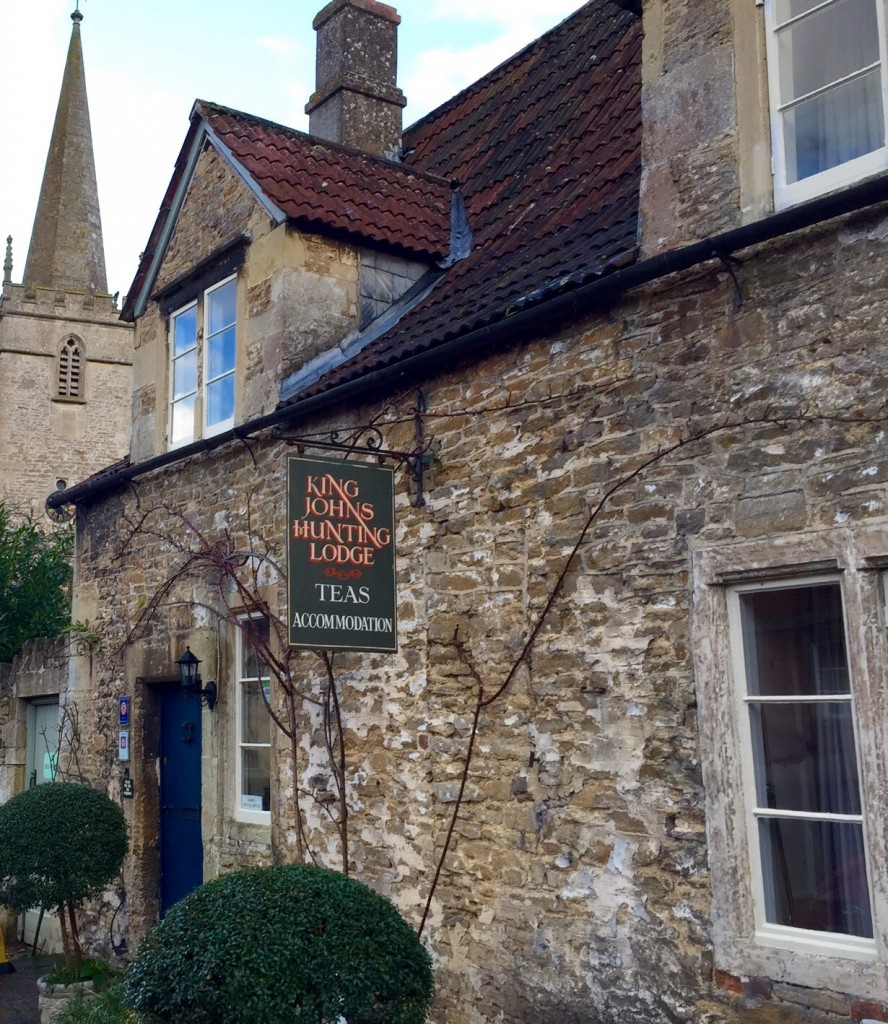
Having finished our visit to the Abbey, we walk into the village to find King John’s Hunting Lodge for afternoon tea. We had previously visited for lunch with my parents and knew that it was reasonably priced but also full of history. In fact I have since discovered that in 2009 and 2010, English Heritage undertook ‘dendrochronological’ analysis on several samples from the Lodge. Dendrochronology is the scientific method of dating based on analysing patterns of tree rings – I never knew that. English Heritage’s Research Department have subsequently produced a 37 page report on their analysis.
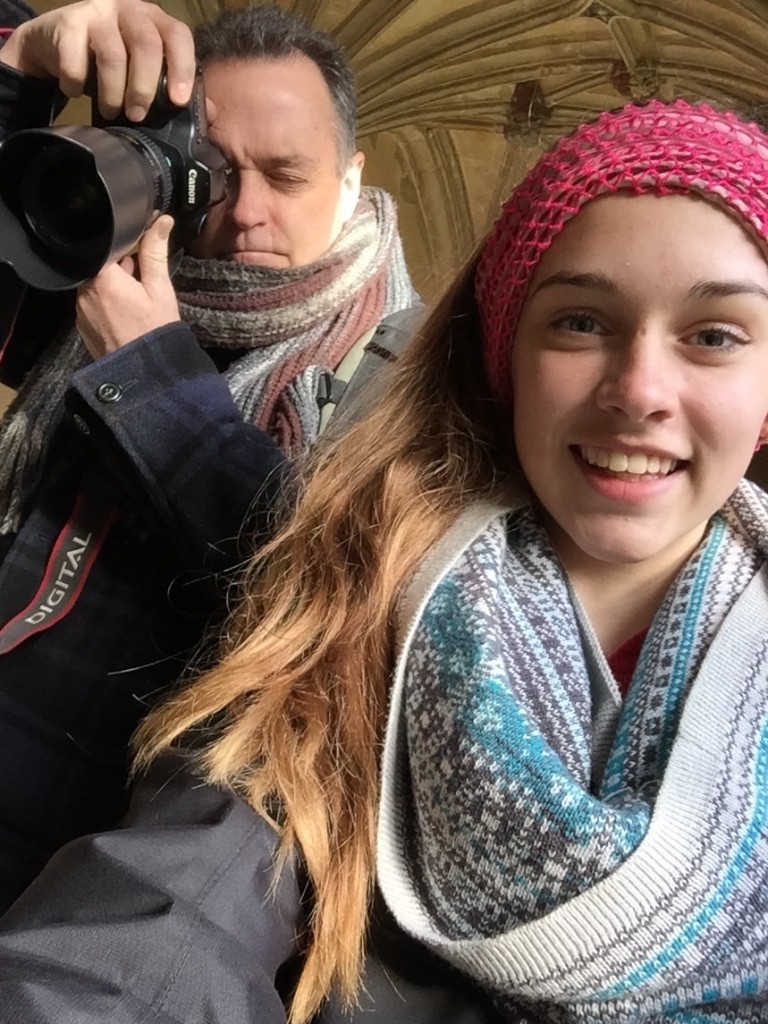
The Lodge is the oldest house in the village (now scientifically proven!) and has the expected interior with tapestries and china on display. On this day, the crumpets, pikelets, scones piled high with cream and jam, hot chocolate and steaming cups of tea, is exactly what we need. As we sit down, the heavens open and release a barrage of hailstones. Perhaps there are still wizards at work in Lacock.

